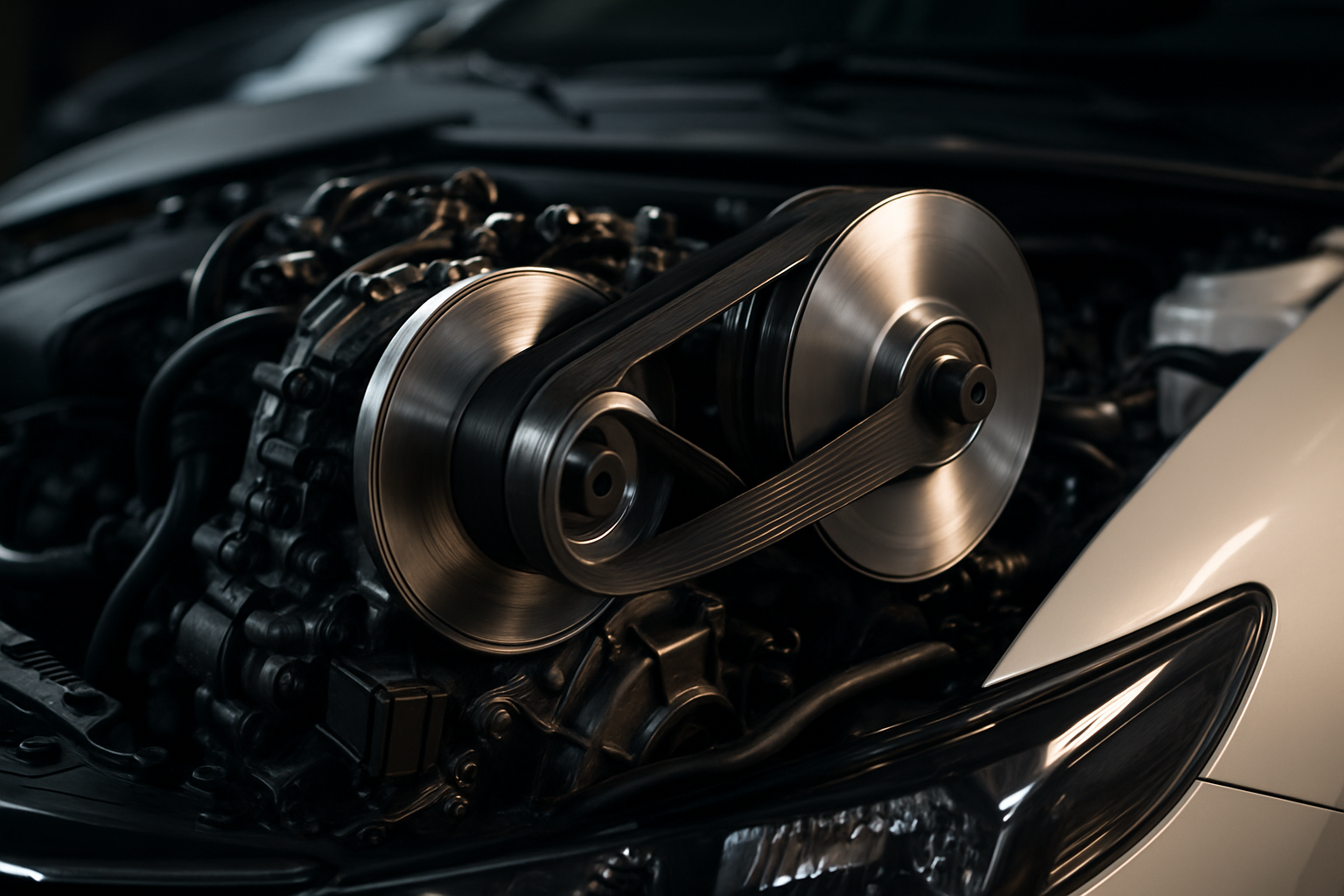Unraveling the Mysteries of Automotive Torque Vectoring
Imagine carving through a winding mountain road, your vehicle responding with uncanny precision to every steering input. This isn't science fiction; it's the reality of torque vectoring technology. As we delve into this cutting-edge automotive innovation, prepare to discover how it's reshaping vehicle dynamics and elevating the driving experience to new heights.

The Evolution of Power Distribution
Torque vectoring technology has its roots in the quest for better vehicle control and performance. Traditional differentials distribute power equally between wheels, which can lead to understeer or oversteer in challenging driving conditions. Early attempts to address this issue included limited-slip differentials and electronic stability control systems. However, these solutions had limitations in their ability to proactively manage power distribution.
The advent of torque vectoring marked a significant leap forward. By actively controlling the amount of power sent to each wheel, this technology allows vehicles to optimize traction and handling in a way that was previously impossible. The system can increase or decrease torque to specific wheels, effectively steering the vehicle through corners and enhancing stability in various driving scenarios.
How Torque Vectoring Works
At its core, torque vectoring relies on a combination of sophisticated hardware and advanced software algorithms. The system typically consists of an electronically controlled differential or a set of clutches that can modulate power delivery to individual wheels. Sensors continuously monitor various parameters such as wheel speed, steering angle, throttle position, and lateral acceleration.
Based on this data, the vehicle’s onboard computer makes split-second decisions about how to distribute power. For example, when cornering, the system can send more torque to the outside wheels, creating a yaw moment that helps rotate the vehicle around the turn. This reduces the tendency for understeer and allows for sharper, more precise cornering.
Types of Torque Vectoring Systems
There are several approaches to implementing torque vectoring, each with its own advantages and complexities. The most common types include:
-
Electronic Differential: This system uses an electronically controlled clutch pack to distribute torque between the left and right wheels of an axle.
-
Brake-Based Torque Vectoring: By selectively applying brakes to individual wheels, this method can create a torque difference across an axle, simulating the effect of torque vectoring.
-
Active Yaw Control: This sophisticated system can transfer torque not only between left and right wheels but also between the front and rear axles in all-wheel-drive vehicles.
-
Electric Motor-Based Torque Vectoring: In electric and hybrid vehicles, individual wheel motors can provide precise torque control, offering the most responsive and efficient torque vectoring solution.
The Impact on Vehicle Dynamics
The implementation of torque vectoring technology has profound effects on a vehicle’s handling characteristics. By intelligently distributing power, these systems can:
-
Enhance cornering performance by reducing understeer and allowing for higher entry speeds into turns.
-
Improve stability during sudden maneuvers or on slippery surfaces by quickly adjusting power distribution.
-
Increase traction in low-grip conditions by sending power to the wheels with the most grip.
-
Reduce the workload on the driver by automatically optimizing power delivery based on driving conditions.
These benefits translate to a more engaging and confidence-inspiring driving experience, whether on a racetrack or navigating challenging road conditions.
Challenges and Future Developments
While torque vectoring offers significant advantages, it also presents challenges. The complexity of these systems can increase vehicle weight and cost, and they require sophisticated calibration to work effectively across various driving conditions. Additionally, the added components can potentially impact reliability and maintenance requirements.
Looking to the future, we can expect continued refinement of torque vectoring technology. Advancements in artificial intelligence and machine learning could lead to even more predictive and adaptive systems. As electric vehicles become more prevalent, the integration of torque vectoring with individual wheel motors promises to offer unprecedented levels of control and efficiency.
Conclusion
Torque vectoring technology represents a significant leap forward in vehicle dynamics and control. By actively managing power distribution to individual wheels, these systems are redefining the limits of vehicle performance and handling. As the technology continues to evolve, we can anticipate even more remarkable advancements in automotive engineering, promising an exciting future for driving enthusiasts and everyday motorists alike. The era of intelligent, responsive vehicles is here, and torque vectoring is at the forefront of this automotive revolution.





